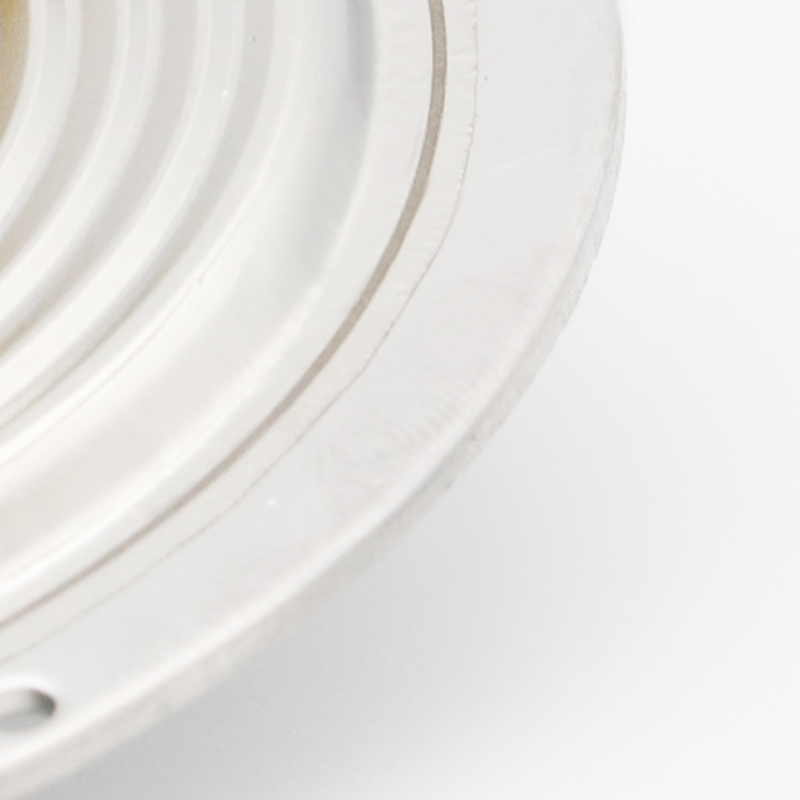
Sep . 16, 2024 20:40 Back to list
Air Water Pressure Gauge for Fire Sprinkler Systems - Reliable Monitoring Solutions
Understanding Air and Water Pressure Gauges for Fire Sprinkler Systems
Fire sprinkler systems are crucial components in fire protection, designed to save lives and minimize property damage during a fire outbreak. One critical aspect of ensuring these systems function effectively is the monitoring of air and water pressure. This is where air and water pressure gauges come into play.
The Importance of Pressure Gauges
Pressure gauges are essential for any fire sprinkler system as they provide vital information about the operational status of the system. These gauges measure the pressure of both air and water within the system, allowing for real-time monitoring and assessment. Proper pressure levels are crucial for the efficient operation of the sprinkler system, ensuring that, in the event of a fire, water is delivered at the appropriate speed and volume.
Types of Pressure Gauges
There are generally two types of pressure gauges used in fire sprinkler systems air pressure gauges and water pressure gauges
.1. Air Pressure Gauges These gauges measure the air pressure in the dry pipe systems, which are filled with air until a fire triggers the sprinkler heads. The presence of adequate air pressure is essential to prevent water from prematurely entering the pipes. Monitoring this pressure helps in identifying leaks or failures in the system, which could lead to catastrophic consequences in a fire emergency.
air water pressure gauge for fire sprinkler system

2. Water Pressure Gauges These gauges measure the pressure of the water supply in wet pipe systems that are constantly filled with water. They ensure the system has enough pressure for the water to discharge effectively when the fire alarm is activated. Insufficient water pressure can result in inadequate coverage during a fire, rendering the sprinkler system ineffective.
Maintenance and Compliance
Regular maintenance of air and water pressure gauges is essential to ensure reliability and compliance with safety regulations. It is advisable for property owners to conduct routine checks to confirm that the gauges are functioning correctly. Any discrepancies in the pressure readings should be addressed immediately, as they may indicate potential failures in the firefighting system.
Additionally, local fire codes often mandate specific requirements regarding pressure levels and maintenance schedules for sprinkler systems. Ensuring that your system complies with these regulations not only protects lives but also safeguards properties against potential fire hazards.
Conclusion
Air and water pressure gauges play a pivotal role in the effectiveness of fire sprinkler systems. Their regular monitoring and maintenance are essential to ensure that these systems can respond optimally in times of emergency. By understanding the importance of pressure gauges and complying with regulations, property owners can enhance the safety of their premises and ensure a reliable fire protection strategy.
-
High-Precision 5 Valve Manifold Differential Pressure Gauge Suppliers
NewsApr.29,2025
-
High-Precision Diaphragm Vacuum Pressure Gauges Manufacturers & Quotes
NewsApr.29,2025
-
Omega Differential Pressure Gauges High Accuracy & Durability
NewsApr.28,2025
-
Low Pressure Differential Pressure Gauges Precision Solutions & Quotes
NewsApr.28,2025
-
Digital Diaphragm Pressure Gaauge Precision Measurement & OEM Quotes
NewsApr.28,2025
-
Differential Pressure Gauge China Price High-Accuracy & Best Quotes
NewsApr.28,2025
